Our plan was simple: on Friday, April 30, 2022, Delaney and I would embark from Brooklin to make a 26-mile circumnavigation of the southern end of Maine’s Blue Hill Peninsula by way of Blue Hill Bay, Blue Hill Falls, and the Salt Pond and Benjamin River with a half-mile haul between the two along what once was an old Wabanaki portage. We were hoping that if we worked hard, we’d be able to make it back to Brooklin in three days, camping along the way on Long Island in Blue Hill Bay and at the Reach Knolls campground at the mouth of the Benjamin River.The trip was conceived only a week earlier as Delaney and I stood in my parents’ garage in Worcester, Vermont, and looked at the 17′ Chesapeake Light Craft Northeaster dory my father and I started building in 2014 in a one-week class at WoodenBoat School. He and I thought it would be a boat I could cut my teeth on for boatbuilding and rowing, but we had never finished it. Since the class it had been languishing in the garage for eight years. WHISTLER—as we named the dory for my propensity as a 13-year-old to whistle while building it—looked forlorn as I ran my hands over the dusty hull, but all it needed to be ready for the water was interior paint and varnish on the rail. .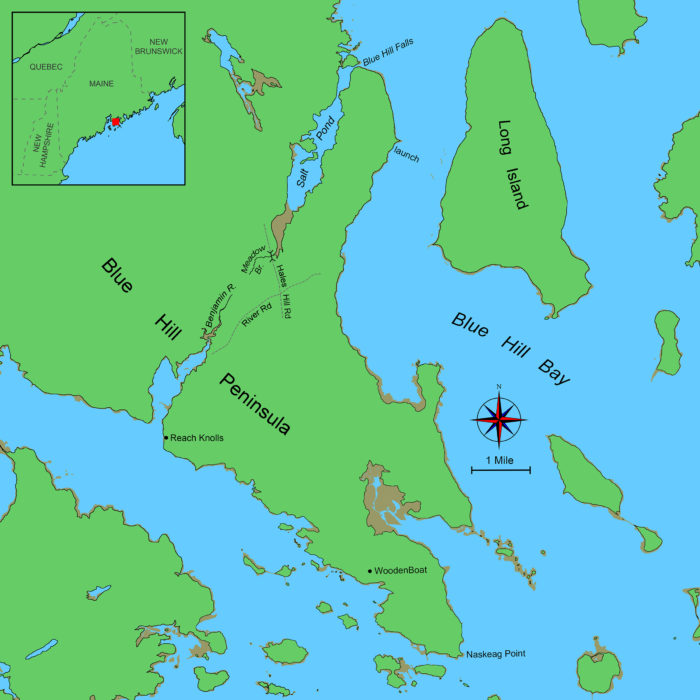 Roger Siebert
Roger Siebert
Join The Conversation
We welcome your comments about this article. If you’d like to include a photo or a video with your comment, please email the file or link.
Comments (6)
Leave a Reply
Stay On Course

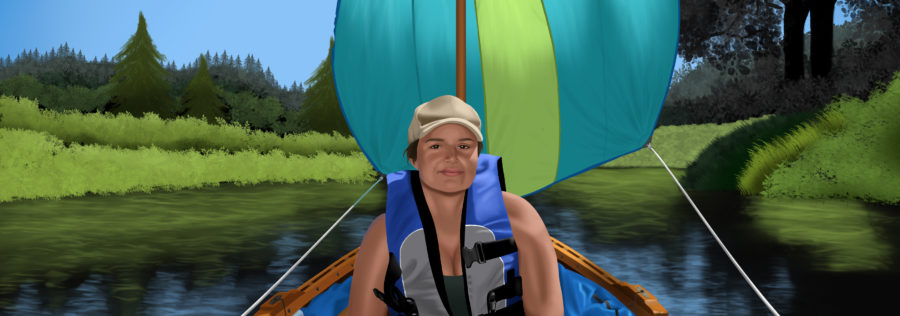
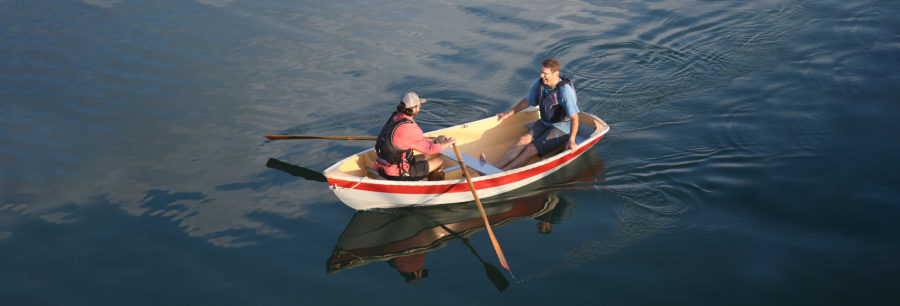
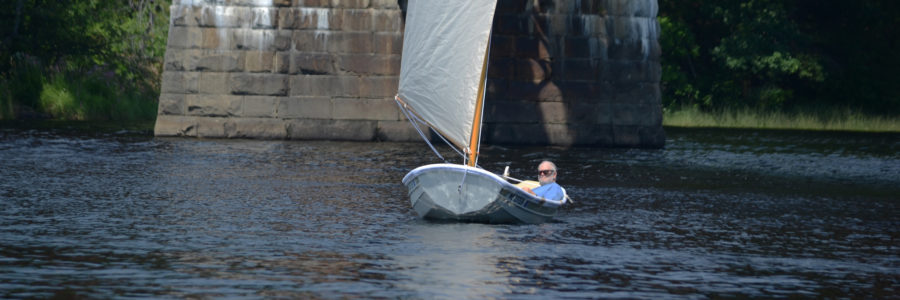

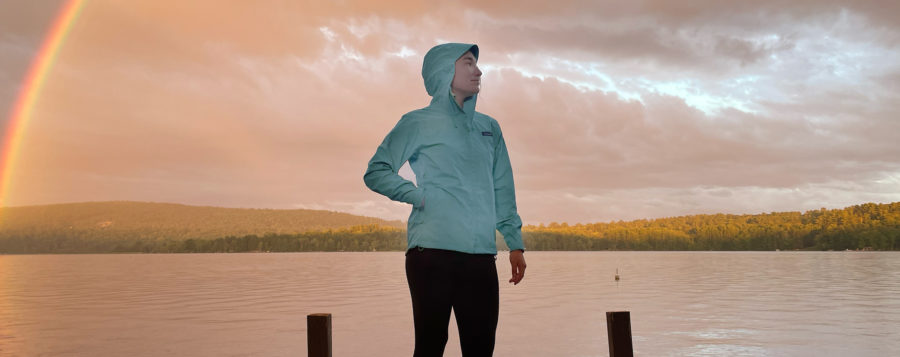



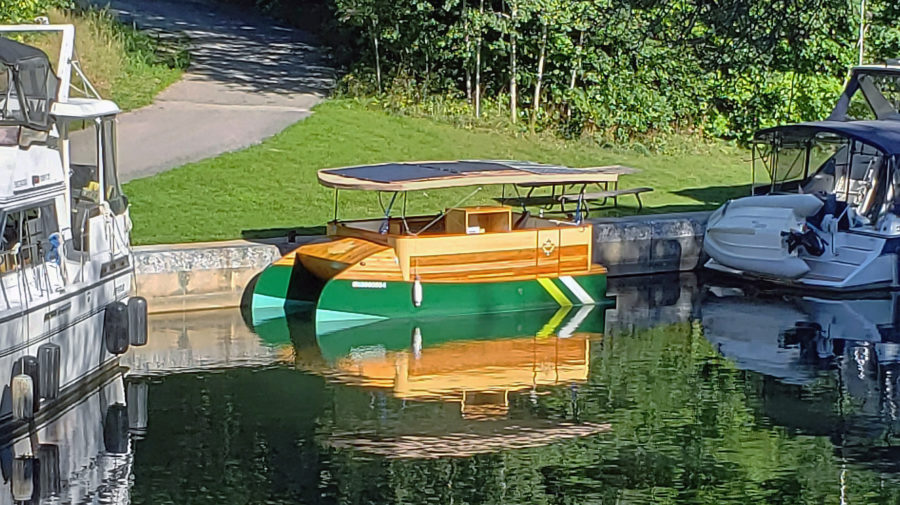
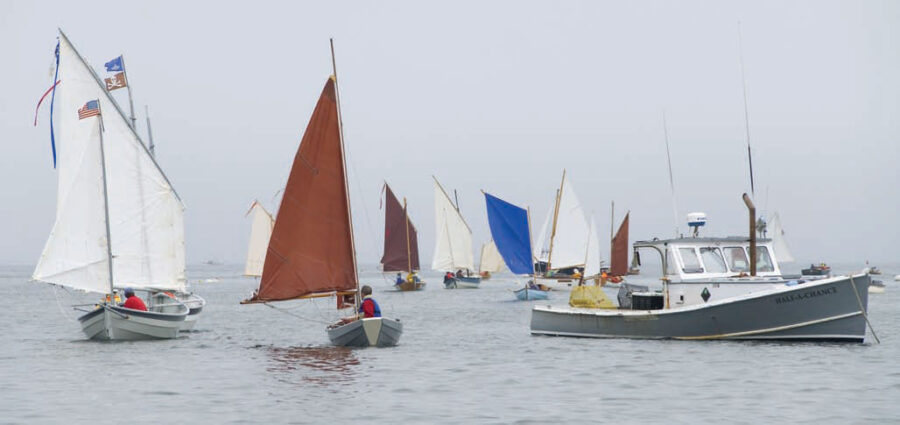
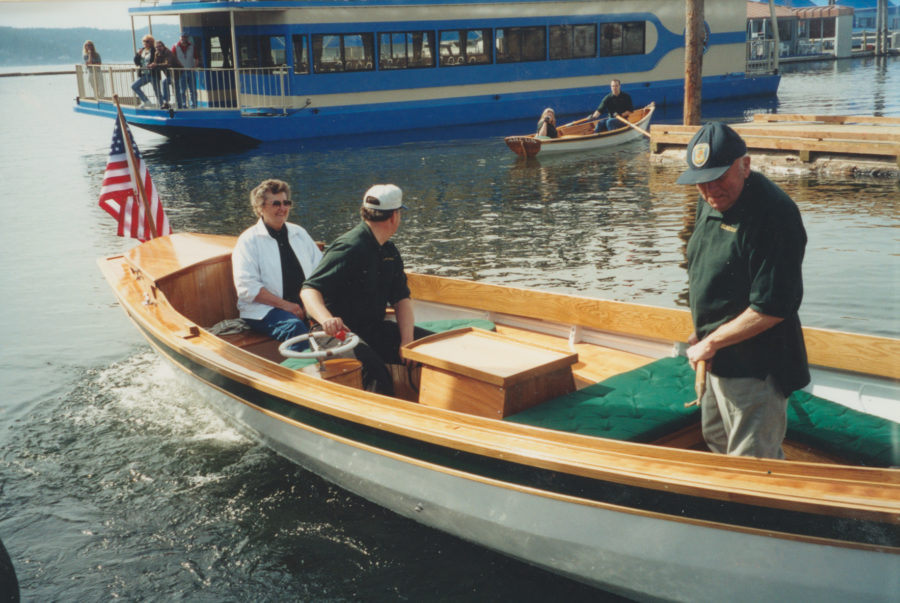
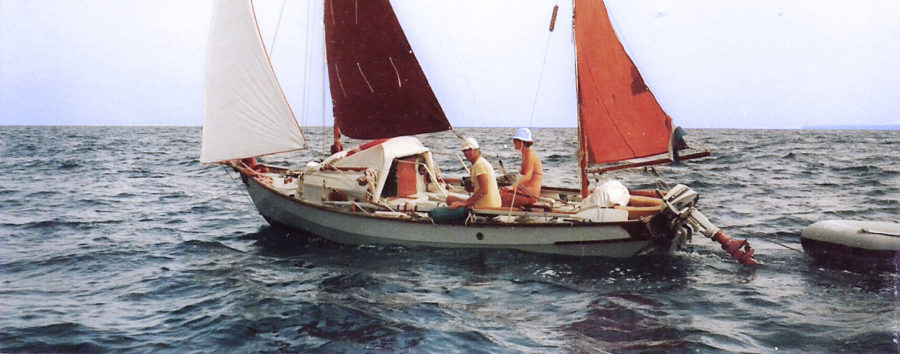
Me and my dory cry in pain reading this! 🙂
I’ve been to the Bowron Lakes circuit in British Columbia thinking that was difficult, but compared to this adventure, more like a walk in the park. WOW!!
Tom,
The boat looks great! Well, it did before the trip, anyway. Just glad to see it finished and on the water. Or mud, or grass……….
George
Hey George,
You’ll be happy to know the boat has since received some much needed TLC to her bottom… topsides may still need a little paint, but no more chunks missing!
– Delaney
This goes well beyond “gunkholing”. I’m not even sure what you’d call it. Trudgeholing? Intrepid as all get-out in any event. Your quest surely does give new meaning to the word “persistence.”
Cheers, mates.
Sounds like more than a challenge. When hauling a rowboat over soft mud or sand, I’ve had success walking ahead, planting my feet and hauling with a line. Sinking in with every step really saps your strength. I’ve never tried my method for the distance you did, but it worked well even up a slight slope for dozens of yards, and the then up a small dune. Thanks for sharing your adventure.